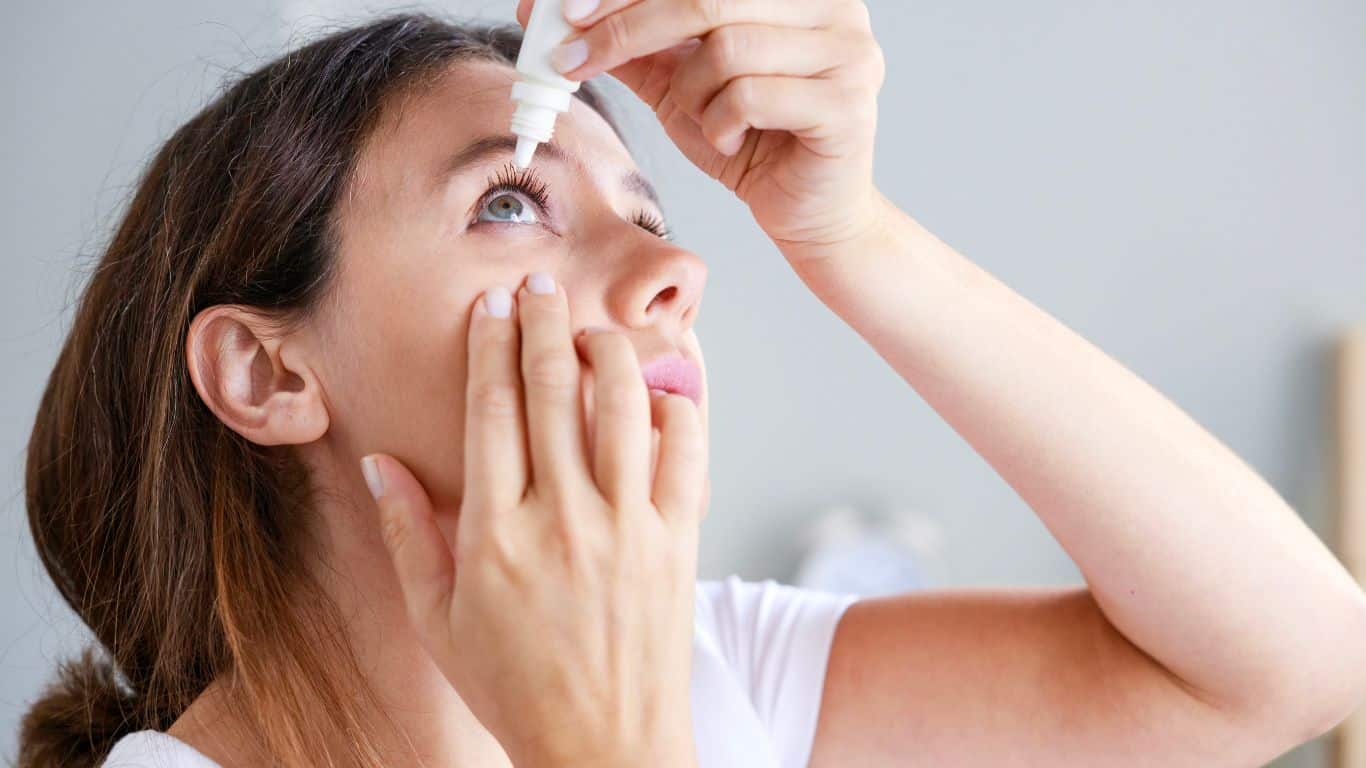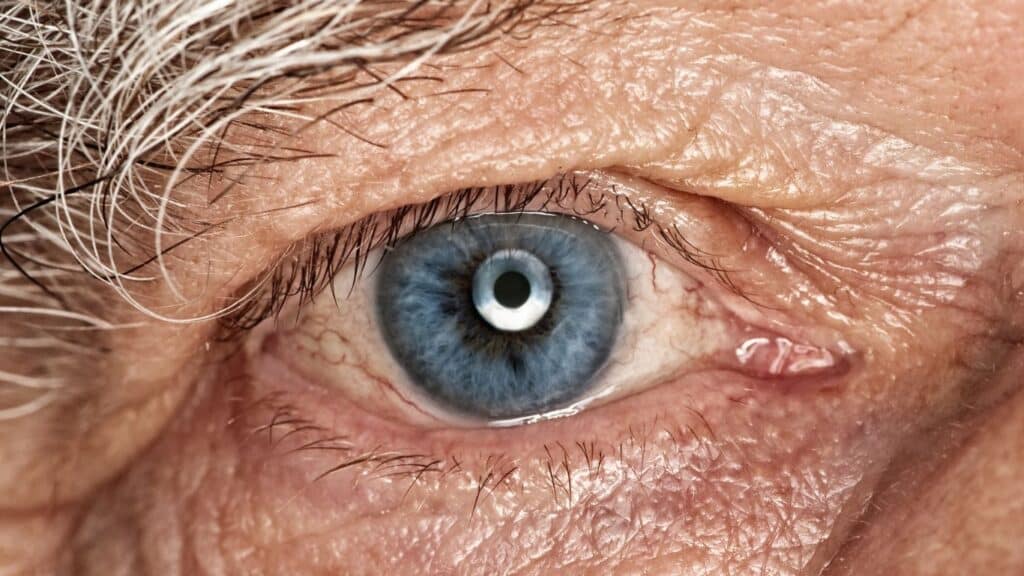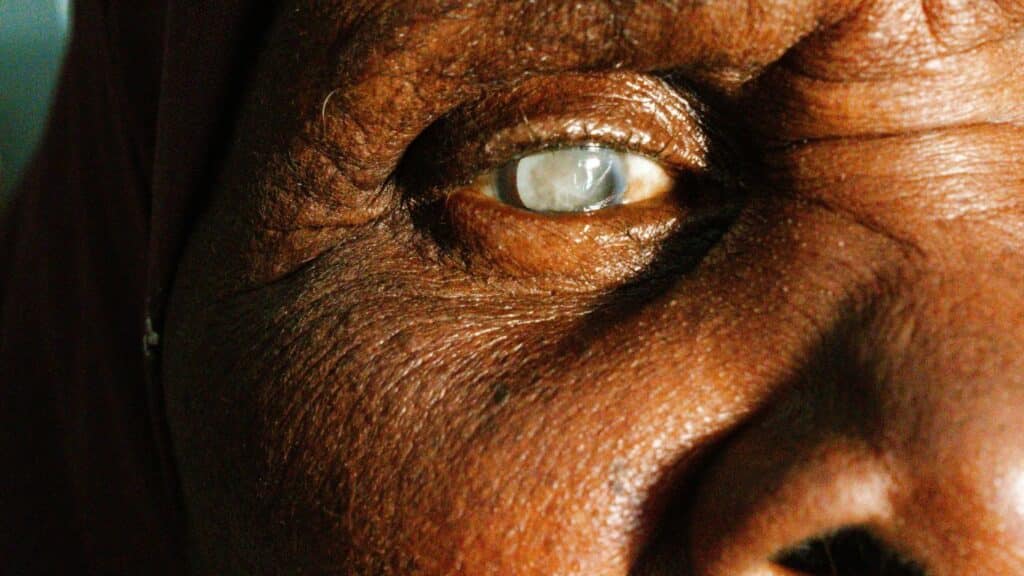Recovering from LASIK is often faster than people expect, with many noticing better vision within 24 to 48 hours. However, full recovery is around 3 months and depends on how each patient heals and follows care instructions.
Knowing what to expect can help you prepare and get the best results. This guide covers everything you need to know about how long is recovery after LASIK. This includes everything from what happens right after the procedure to tips for healing smoothly.
At TVLC, our team of experienced surgeons and staff are dedicated to providing the highest quality care during every step of your LASIK journey, including recovery.
See The World Clearly - Book Your Appointment Today!
LASIK, short for Laser-Assisted in Situ Keratomileusis, is a highly popular procedure designed to correct common vision issues like nearsightedness, farsightedness, and astigmatism.
Using a specialized excimer laser, the LASIK surgeon carefully reshapes the cornea, which is the transparent outer layer of the eye. This enhances how light enters and focuses on the retina, leading to sharper vision.
The entire process is efficient, taking about 15 seconds per eye. Also, you're ensured a virtually pain-free experience due to the use of numbing eye drops.
The benefits of LASIK eye surgery go far beyond simply improving vision.
For starters, it offers a long-term solution to many refractive errors.
Once treated, most LASIK patients experience lasting results, with little to no need for corrective eyewear. This means you can say goodbye to the inconvenience and recurring costs associated with glasses or contacts.
Not to mention, studies show that laser eye surgery also improves the quality of life by 93%, with patients reporting greater confidence, convenience, and comfort in everyday activities, ranging from sports to driving.
Lastly, LASIK vision correction carries a high safety profile when performed by experienced surgeons. Hence, millions of people around the world have chosen this life-changing procedure.
From immediate post-op care to the final stages of laser surgery recovery, here is a general timeline overview of what you can expect during your LASIK recovery process:

The first 24 hours after LASIK surgery are crucial for healing.
During this period, you may experience mild discomfort, blurry vision, or a gritty sensation in your eyes. This is completely normal and expected as the eyes begin the healing process.
According to Cataract & Refractive Surgery Today, most patients notice an immediate improvement in their vision within hours, especially for thin-flap LASIK surgery. However, it may still fluctuate because it takes up to 2 to 3 months for your eyes to completely heal.
Therefore, you must rest your eyes as much as possible during this timeframe, avoiding strenuous activities and any contact with the eyes.
Protective eye shields are typically provided to prevent accidental rubbing while sleeping, which could disrupt the corneal flap. Plus, using prescribed eye drops helps manage dryness and prevent infection, promoting a safer and smoother recovery process.
The first week after LASIK is marked by significant progress in visual clarity.
Many patients can resume normal daily activities, like returning to work or driving, within 1-2 days, depending on their comfort level and their doctor’s recommendation.
However, avoiding activities that could expose the eyes to contaminants is advised, such as swimming, heavy exercise, or wear eye makeup. Wearing recommended sunglasses after LASIK surgery can help protect the eyes from UV rays, dust, and debris.
Sensitivity to bright lights and glare may still be present during this time, but these symptoms typically diminish as the eyes adapt and heal. Clinical research shows that most individuals achieve around 90-95% of their final visual outcome during this early recovery phase, a testament to the minimal downtime LASIK requires.
By weeks two to four, most patients find that their vision is stable and clear, greatly improving their quality of life.
Any lingering dryness or light sensitivity continues to subside during this stage, aided by the regular use of lubricating eye drops recommended by the surgeon.
While strenuous activities can usually be resumed around this time, it's still important to protect the eyes from potential trauma.
Lastly, don't forget that patients who closely follow their post-operative care instructions during this period are more likely to achieve optimal long-term results.
The long-term healing phase after LASIK, which lasts 1 to 3 months, is when minor symptoms like occasional dryness usually disappear. During this time, your vision continues to improve, reaching its full potential.
An FDA outcomes study shows that over 96-99% of patients are happy with their vision by the 3-month mark.
However, it’s important to attend all follow-up appointments so your surgeon can monitor your progress and address any concerns. That said, while LASIK offers lasting vision correction, regular eye check-ups are still key to keeping your eyes healthy.

Similar to any surgery, recovery time for LASIK can vary from person to person. Several factors can affect how quickly you heal after the procedure.
The type of LASIK procedure performed can significantly impact the recovery time and final results.
Traditional LASIK, also known as standard LASIK, uses a more generalized approach to correct vision based on your glasses or contact lens prescription. While effective, it may not address unique imperfections in the eye.
On the other hand, custom LASIK, often referred to as Wavefront-guided LASIK, uses advanced technology to create a detailed map of your cornea. This allows for a procedure tailored to the individual, often resulting in sharper vision and a reduction in side effects like glare or halos.
A 2024 study published in the Clinical Ophthalmology Journal has shown that patients undergoing custom LASIK often experience quicker recovery times and higher satisfaction rates due to enhanced precision.
Younger patients in their 20s and 30s typically recover faster as their eyes heal more efficiently, while older patients may experience a slightly longer healing process.
Health conditions like diabetes may increase the risk of post-LASIK complications. In a retrospective study, complications were observed in 47% of diabetic patients compared to just 6.9% in a non-diabetic control group.
This is because some conditions similar to diabetes can cause changes to the cornea and may affect its ability to heal properly. Other factors that may increase the risk of post-LASIK complications include autoimmune diseases, pregnancy, and certain medications.
Therefore, you must discuss your medical history with your surgeon to assess any potential risks before undergoing the procedure.
Pre-existing conditions like chronic dry eye, keratoconus, or significant astigmatism can also affect LASIK recovery.
For example, patients with dry eye syndrome may find it takes longer to achieve comfort post-surgery, as the procedure temporarily reduces tear production. To minimize this, surgeons often recommend pre-treatment strategies such as artificial tears or medicated eye drops.
Conditions like severe astigmatism can add complexity to the procedure. However, modern advancements in LASIK technology, such as topography-guided LASIK, make it possible to achieve excellent outcomes.
Surgeons with extensive experience and a history of successful procedures are more likely to achieve great results with fewer complications.
Advanced laser technology, like excimer lasers for reshaping the cornea, also improves precision and speeds up healing. Choosing a surgeon who uses the latest techniques and modern equipment is crucial for the best outcomes.
Our team, led by Jason D. Bullajian, MD, a Board Certified eye doctor and LASIK surgeon is dedicated to providing top-tier care. We use state-of-the-art equipment and the latest techniques to ensure the highest level of accuracy and safety for our patients.
See The World Clearly - Book Your Appointment Today!

Many may think that the success of LASIK surgery only depends on the skill and expertise of the surgeon.
While this is undoubtedly important, there are also lifestyle choices that can impact the recovery process after LASIK surgery.
During sleep, the body undergoes essential repair processes, including cell regeneration, which is critical for recovering tissues in and around the eyes.
According to the Sleep Foundation, adults need at least 7 hours of quality sleep each night to promote optimal healing and wellness.
After LASIK, it's particularly important to avoid eye strain and give your eyes time to recover.
Using eye shields or goggles as recommended by your surgeon during sleep can protect your eyes and encourage uninterrupted recovery. Avoiding activities like late-night screen time or excessive focus on digital devices can also reduce strain, allowing your eyes to heal efficiently.
A nutrient-rich diet can provide your body with the vitamins and minerals it needs to repair tissues and reduce inflammation post-procedure.
Foods rich in Vitamin A, such as sweet potatoes, carrots, and spinach, are beneficial for eye health because of their role in maintaining the cornea. Omega-3 fatty acids, found in fatty fish like salmon, walnuts, and chia seeds, are crucial for managing dry eye symptoms, which are common in the weeks following surgery.
Whether you are undergoing a simple or complex eye surgery, it is important to follow your doctor's post-operative instructions carefully. This not only helps in the healing process but also determines when it is safe for you to drive or return to work.
The right time to return to an office job after medical treatment or surgery depends on the procedure and how quickly you’re healing.
For example, after surgeries like LASIK, doctors usually advise patients to take a day off and return to work the next day. This is because the procedure is minimally invasive and the recovery time is quick.
However, it’s important to regularly use your artificial tears to support healing and prevent issues like dry eyes or strain. Also, ease into screen work gradually and take regular breaks to stay comfortable.
Lastly, always check with your doctor for advice tailored to your recovery, as going back too soon can slow healing or worsen symptoms like headaches and eye fatigue.
For those in physically demanding occupations, returning to work can often happen within 1-2 days if protective measures are taken. Wearing specialized protective glasses can help ensure safety and support your recovery. This can prevent dust, debris and other harmful particles from entering the eyes.
While heavy lifting or intense physical activity should still be avoided, most tasks can be resumed with minor adjustments. Also, informing employers and coworkers about any temporary limitations can help ensure a smooth and safe transition back to work.
Recovery time can vary from person to person, but most patients experience improved vision within the first 24-48 hours after LASIK surgery. Full recovery typically takes about 3 months, during which time your eyes will continue to heal and your vision may continue to improve.
It is important to follow all post-operative instructions provided by your doctor for the best chance of a successful and speedy recovery.
While it may seem like a long road to full recovery, keep in mind that this short period of discomfort and adjustment can greatly improve your vision for years to come.
Our dedicated team of experienced eye doctors and LASIK surgeons is here to guide you every step of the way, from your initial consultation to the recovery period. We prioritize your comfort, safety, and long-term vision health, ensuring you receive personalized care and expert support throughout your LASIK journey.



